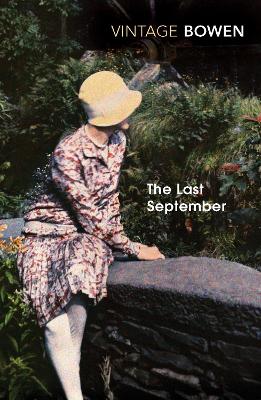The Last September

As seen:
By Elizabeth Bowen, and and, Victoria Glendinning
avg rating
1 review
Read Elizabeth Bowen’s accessible feminist take on the Irish aristocracy
WITH AN INTRODUCTION BY VICTORIA GLENDINNING
The Irish troubles rage, but up at the ‘Big House’, tennis parties, dances and flirtations with the English officers continue, undisturbed by the ambushes, arrests and burning country beyond the gates. Faint vibrations of discord reach the young girl Lois, who is straining for her own freedom, and she will witness the troubles surge closer and reach their irrevocable, inevitable climax.
TweetReviews
It took a little while for me to get into Elizabeth Bowen's style but, once I did, I enjoyed the book. Written nearly a century ago it is set during the Irish Civil War and is centred round one of the large country estates. It deals with the attitudes and behaviours of the Irish gentry who are increasingly under attack from the cottagers and ordinary people as civil unrest is stirring. The British troops, who are stationed nearby to try and keep the peace, are accepted into the gentry's social life.
The novel is based loosely on Bowen's own upbringing in her home, Bowen's Court, and is remarkable for its descriptive powers. You feel you can almost smell and touch the landscape as people go for a walk of a morning - it's very vivid. It isn't until the final third of the novel, especially the last couple of pages, that you understand the title of the book.






